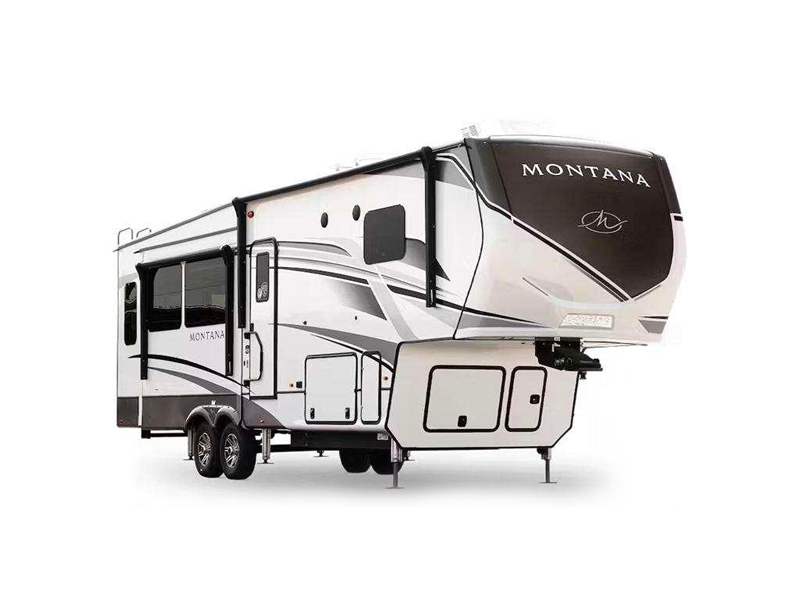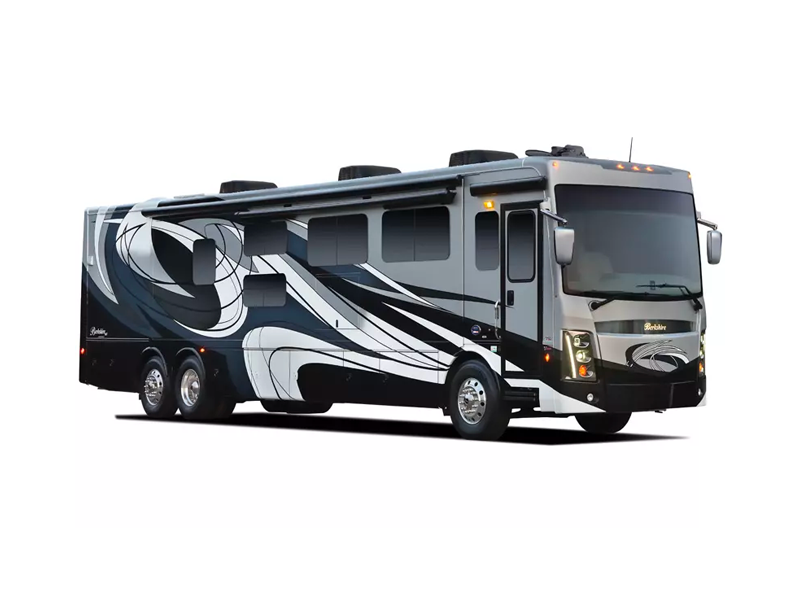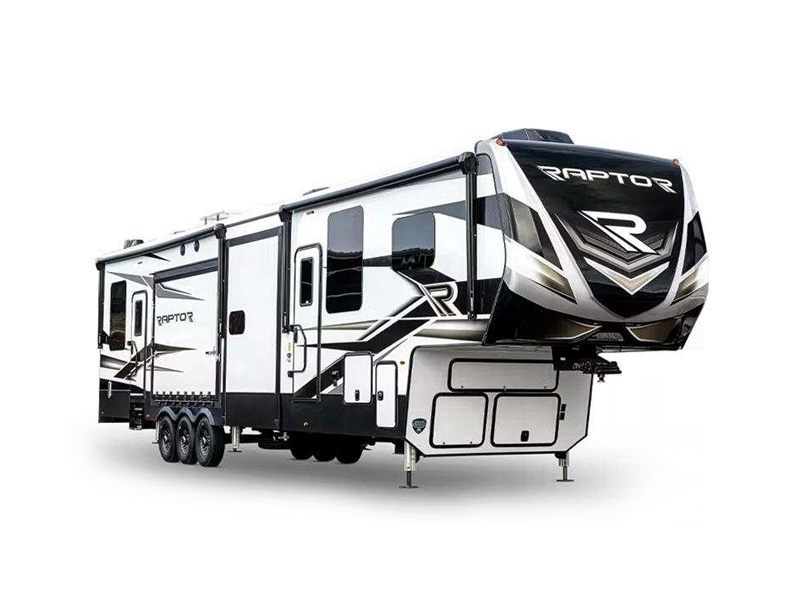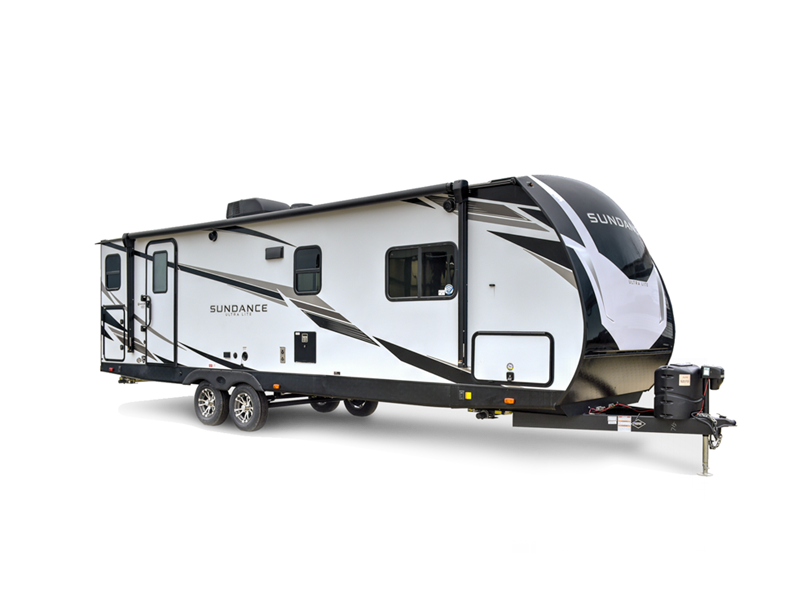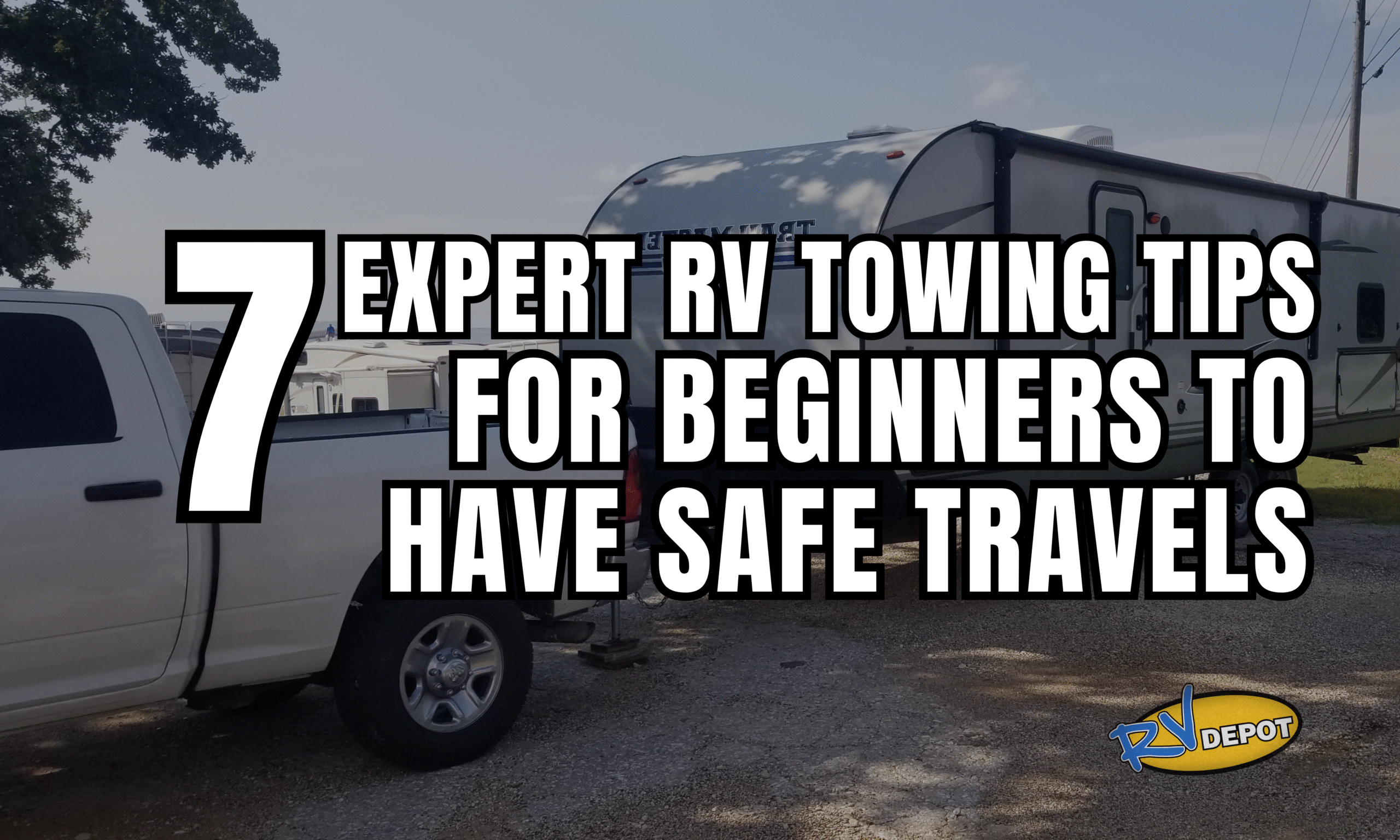Towing an RV is a fantastic way to explore the open road, offering freedom and flexibility for your adventures. However, safety is essential to ensure a smooth and enjoyable journey. At RV Depot, we understand that towing an RV can be a bit intimidating, especially for first-timers. That’s why we’ve put together this comprehensive guide to help you tow your RV safely and confidently. Let’s dive into the important steps you need to follow for a safe and successful trip.
1. Know Your Vehicle’s Towing Capacity
Before you even think about hitching up your RV, you need to ensure that your vehicle can handle the weight. Every vehicle has a specific towing capacity, which is the maximum weight it can safely tow. You can find this information in your vehicle’s owner’s manual or by consulting with a professional.
If you exceed the towing capacity, it can lead to serious safety issues, such as vehicle damage, braking problems, and reduced stability. To keep everything running smoothly, always stay within your vehicle’s towing limits.
Quick Tip: Don’t forget to account for the weight of passengers and gear in your vehicle, as well as any additional cargo you’re towing.
2. Select the Right Hitch for the Job
The hitch you choose plays a crucial role in ensuring safe towing. There are different types of hitches, and each is designed for specific towing needs. Two of the most common types are:
-
Weight-Distributing Hitches: These hitches help distribute the weight of the RV more evenly across your vehicle and the trailer, making the ride more stable and smooth.
-
Sway-Control Hitches: These hitches help reduce trailer sway, especially in windy conditions or when larger vehicles pass by.
At RV Depot, we carry a variety of hitches suited to different vehicles and towing needs. Our experts can help you select the best hitch to match your RV and vehicle for a safer and smoother towing experience.
3. Load Your RV Correctly for Safe Towing
Properly loading your RV is just as important as choosing the right hitch. Incorrectly distributed weight can cause the RV to sway or become unstable while towing. Here’s how to load your RV for optimal balance:
-
Heavy Items: Place them low and towards the front of the RV to keep the weight centered and balanced.
-
Light Items: Store lighter items higher up and towards the back to avoid overloading the rear.
Pro Tip: Even weight distribution helps improve handling and reduces the risk of sway, making the ride safer for you and your passengers.
4. Drive with Caution: Adjust to Your Towing Needs
Towing an RV changes how your vehicle performs on the road. Your vehicle will have different acceleration, braking, and handling characteristics when towing. Here are a few driving tips to keep in mind:
-
Speed: Keep a moderate speed, especially on highways, to maintain control over your vehicle and RV.
-
Braking: Leave extra space between you and the vehicle ahead of you. Braking distances increase when towing, so it’s important to give yourself plenty of room.
-
Turning and Lane Changes: Always make turns and lane changes more gradually to avoid putting too much strain on your vehicle and RV.
In addition, bad weather, like strong winds or rain, can make towing more challenging. When conditions are tough, slow down and drive carefully.
5. Regularly Inspect Your RV and Hitch
Before every trip, it’s essential to inspect your RV and hitch to ensure everything is in proper working order. Here’s what you should check:
-
Hitch: Make sure the hitch is securely attached to your vehicle.
-
RV Tires: Check tire pressure and tread depth for wear.
-
Lights and Brakes: Ensure that all lights, including brake lights and turn signals, are working.
-
Electrical Systems: Verify that your RV’s electrical system is functioning correctly, including the brake controller.
A quick inspection can prevent serious issues on the road and ensure that your RV is ready for the journey ahead.
6. Practice Maneuvering Your RV
Towing an RV is a different experience from driving a regular vehicle. Maneuvering can be challenging, especially when you’re backing up or trying to park in tight spots. To build confidence, practice maneuvering your RV in an open space before your trip.
-
Backing Up: Practice backing up in a straight line and around corners.
-
Turning: Get used to making wide turns to avoid clipping the curb or getting stuck.
-
Parking: Practice parking in different scenarios to get the feel for how your RV handles.
The more you practice, the more comfortable and confident you’ll feel on the road.
7. Be Mindful of Height Clearance
RVs are taller than regular vehicles, so it’s important to be aware of low-clearance areas such as bridges, tunnels, and overpasses. Plan your route ahead of time and always check for height clearance information to avoid running into obstacles that could damage your RV or cause an accident.
Pro Tip: Many GPS devices and apps designed for RVs can help you navigate routes that are suitable for the height and size of your vehicle.
RV Depot: Your Trusted Partner for Safe RV Towing
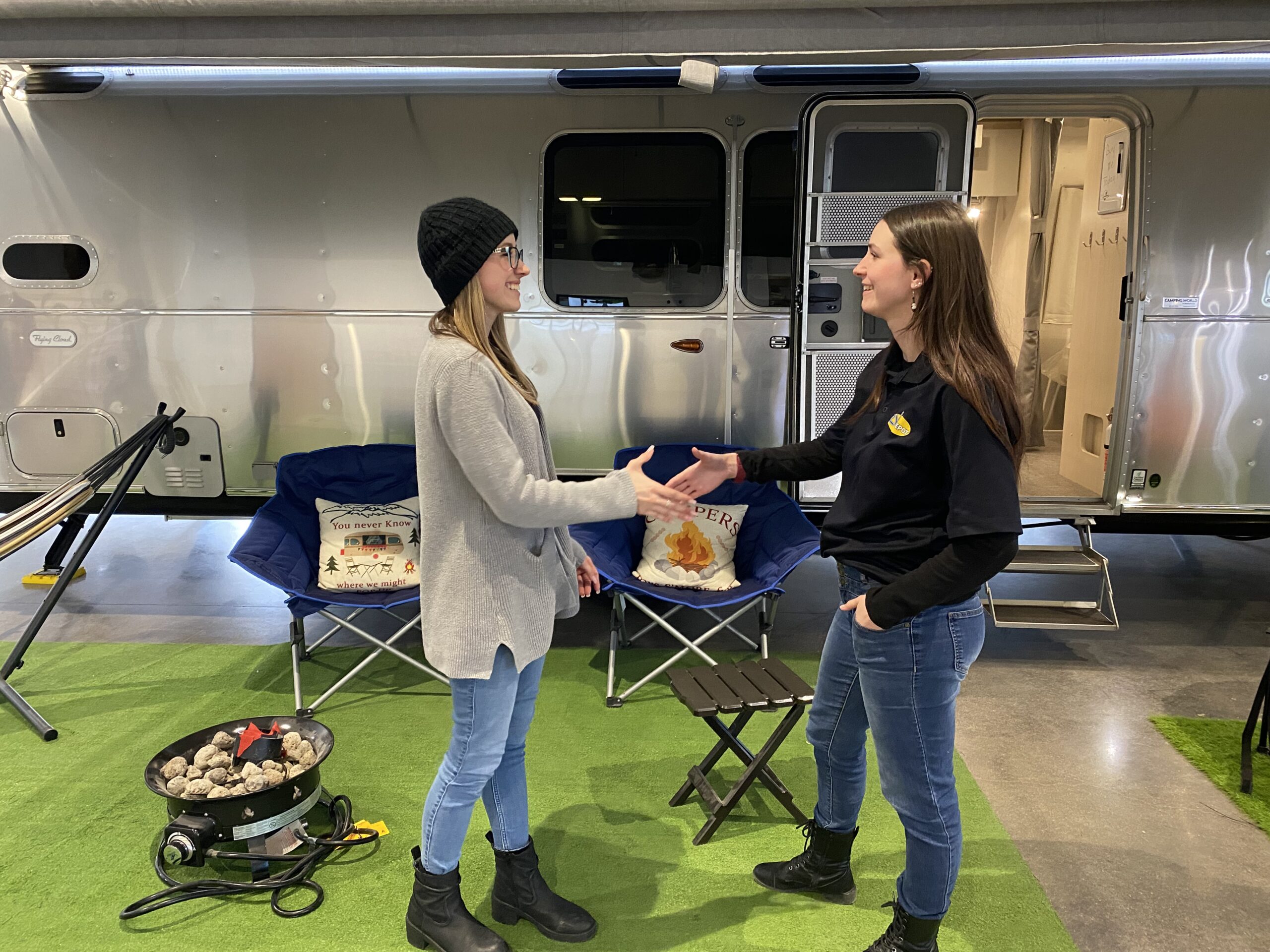
At RV Depot, we know that buying the right RV is just the beginning—making sure you can tow it safely and confidently is just as important. Whether you’re hauling a lightweight travel trailer or a fully loaded fifth wheel, safe towing starts with the right setup, equipment, and know-how.
Our knowledgeable team is here to walk you through every step of the towing process. We’ll help you select the perfect hitch for your specific RV type and towing vehicle, explain weight distribution systems, and even provide brake controller recommendations to ensure smooth stops and safer handling. We’ll also inspect your vehicle and RV to make sure everything aligns properly before you ever hit the road.
Need towing accessories? We’ve got you covered. From sway bars and towing mirrors to custom wiring kits and weight distribution systems, RV Depot carries the high-quality gear you need for a stable, stress-free towing experience.
Whether you’re a first-time buyer or trading up to something larger, we’ll help you match the right RV to your vehicle—and lifestyle. Our diverse lineup includes:
Travel Trailers – Lightweight, versatile, and easy to tow with trucks and some SUVs.
Fifth Wheels – Spacious, luxurious, and ideal for extended trips or full-time living.
Toy Haulers – Haul your gear and adventure toys with ease, while still enjoying a comfortable living space.
Motorhomes – Driveable RVs with no towing required, but still tow-capable if you bring a vehicle along.
Whether you’re new to towing or a seasoned pro looking to upgrade your setup, RV Depot is your one-stop destination for reliable, safe, and stress-free RV solutions.
Let’s get you hitched up and adventure-ready—safely and confidently. 🚐

